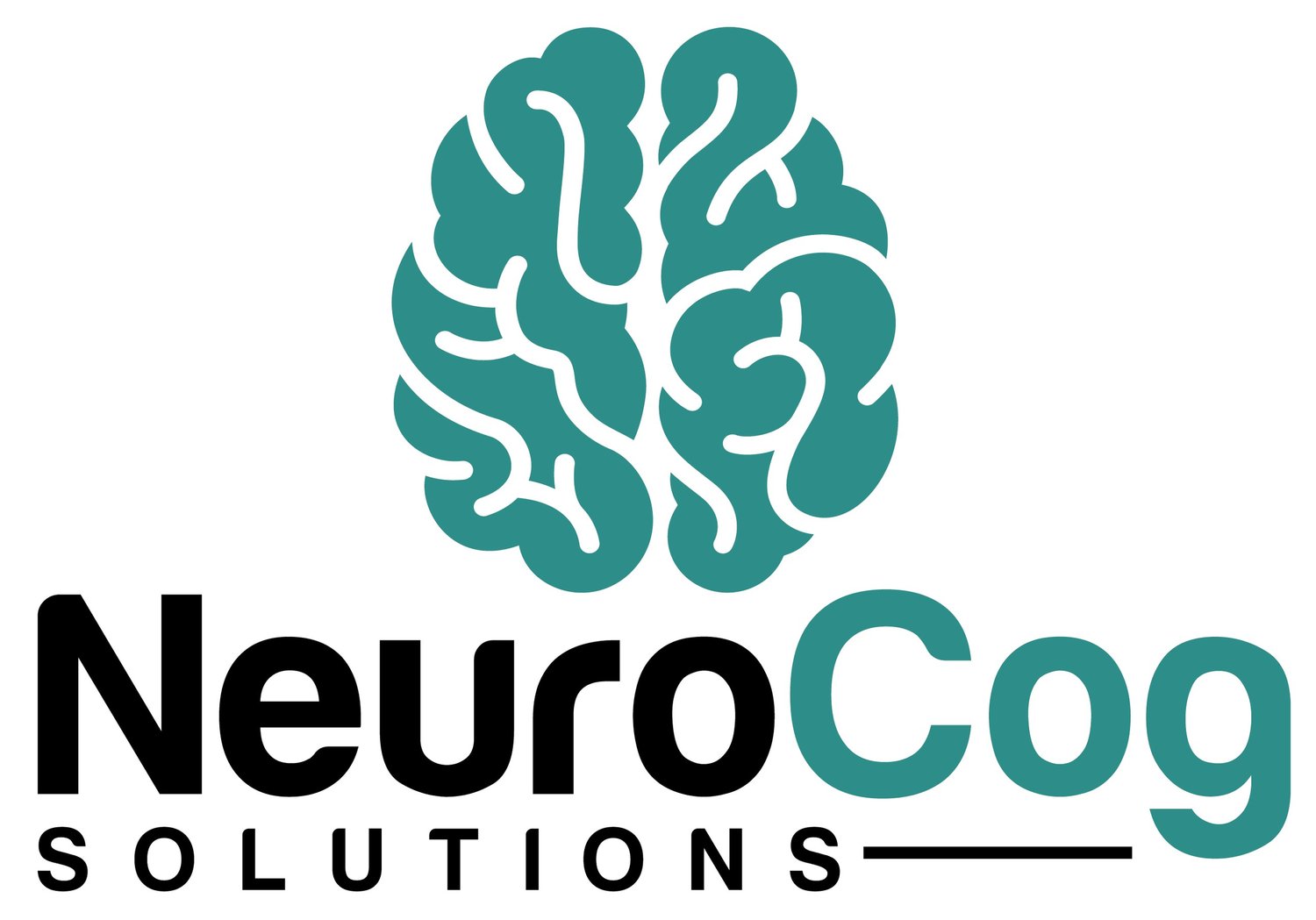
Parkinson’s Disease/Movement Disorders
What is a Movement Disorder?
The term “Movement Disorder” is an umbrella term to describe various different conditions with motor symptoms. A movement disorder is usually caused by a neurological condition and results in motor symptoms such as slowing, rigidity, tremors, and more. Examples of movement disorders include:
Parkinson’s disease
Lewy body dementia
Huntington’s disease
Corticobasal degeneration
Functional movement disorder
Multiple System Atrophy
Progressive Supranuclear Palsy
What is Parkinson’s disease?
Parkinson’s disease is neurogenerative disorder and one of the forms of Lewy body dementia, however not all Parkinson’s patients develop dementia, and for those who do, it can take several years to a decade. It is caused by a build up of a protein called alpha-synuclein. These proteins affect dopamine-producing neurons in the brain called substantia nigra.
What are the symptoms of Parkinson’s disease?
Parkinson’s disease can manifest in many ways, and often symptoms are very different from person to person. Some of the most common symptoms include tremors, trouble with balance, slowness of movement (also known as Bradykinesia), and limb rigidity. Not all Parkinson’s patients will develop dementia, but up to 50 to 80 percent may eventually experience symptoms.
Is there a cure for Parkinson’s disease?
There is not currently a cure for Parkinson’s disease, however treatments and medications have been developed to slow and treat the effects of the disease. Early detection and treatment of Parkinson’s could provide better results compared to those who do not get treatment.
Deep brain stimulation (DBS) is one type of treatment that can potentially reduce unwanted motor movements. Electrodes are placed in a certain area of the brain and stimulation in that area may lessen the symptoms. Neuropsychological testing may be recommended prior to the procedure to make sure the treatment is appropriate and safe for you.
What is Lewy Body dementia?
Lewy body dementia is a disease in which abnormal deposits of a protein called alpha synuclein develop in the brain. Also called Lewy bodies, they affect chemicals in the brain which then leads to cognitive and behavioral changes. Age of onset is usually after 50 years old. Lewy body dementia causes a progressive decline in abilities, similar to Alzheimer’s disease. While both Lewy body dementia and Alzheimer’s disease eventually interfere with a person’s ability to perform every day activities, the beginning stages of the disease look different from Alzheimer’s.
How is Lewy body dementia different from other types of dementia?
The initial symptoms of Lewy body dementia make it look different from other dementias.
Fluctuations in mental status: individuals can vary from having moments of clear thinking, to moments of decreased attention and alertness.
Visual hallucinations: while hallucinations present later in Alzheimer’s, hallucinations may be one of the earliest symptoms in Lewy body dementia
Sleep disturbance: individuals may have restless legs and or act out their dreams in the middle of the night. This may look like thrashing, yelling or Falling out of bed
Motor symptoms which appear after the cognitive symptoms. Motor symptoms include slowness, tremor, difficulty walking, or rigidity
What’s the difference between Lewy body dementia and Parkinson’s disease?
One important distinction between Parkinson’s disease and Lewy body dementia is that the motor symptoms come first in Parkinson’s disease. Some people with Parkinson’s disease only have motor symptoms, and they never developed significant cognitive impairment. In contrast, individuals with Lewy body dementia have cognitive changes first, and then motor symptoms that follow.
What causes Lewy body dementia?
The exact cause of Lewy body dementia is unknown. We do know that the disease affects acetylcholine, important for memory and learning, and dopamine, important for behavior, motivation, mood, movement, and sleep.
Is there a cure for Lewy body dementia?
There is no cure for Lewy body dementia, but comprehensive treatment plans are important for managing the disease. There are several different professionals who may be helpful during the disease process.
Physical therapists: address movement symptoms and ability to walk; they may focus on reducing the persons fall risk.
Speech therapists: address voice and swallowing symptoms
Occupational therapists: Address ability to carry out every day activities like eating, bathing, dressing, etc.
Recreation therapists: Music or art can be meaningful activities to help mood and well-being
Mental health providers/neuropsychologists: help learn how to manage the emotional, behavioral, and cognitive symptoms. help cope and plan for the future
Support groups: share experiences with other individuals with Lewy body dementia and caregivers
Additional treatments/interventions:
Medications: cholinesterase inhibitor‘s may help cognitive and behavioral symptoms; Carbidopa-levodopa medications may help with motor symptoms.
Physical therapy and exercise
Sleep studies and sleep medication
Mood and Behavior management medication
Safety/medical alert services especially as fall risk increases (e.g. life alert)
Clinical trials www.clinicaltrials.gov
Community resources : adult day centers, respite care, online and in person support groups, legal advice, and planning for the future
